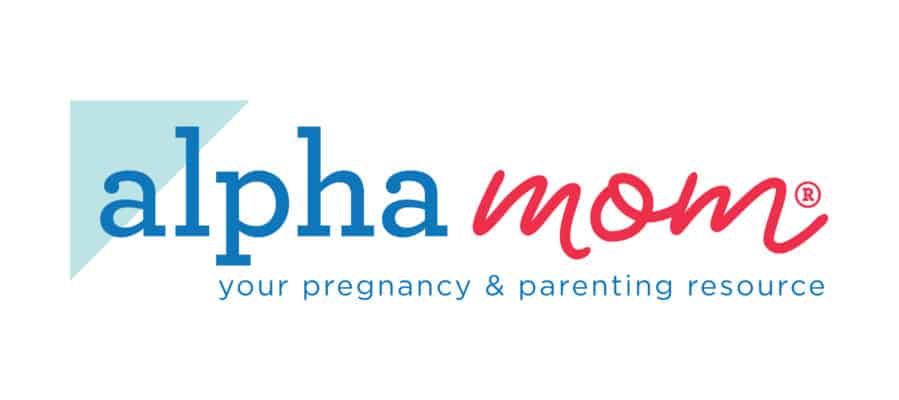
Tips to Teach Your Kids About Household Bills and Budgets
“I didn’t know people buy houses,” remarked my five-year-old daughter.
“How did you think they get them?” I asked. My family bought a house a few months ago, but my daughter wasn’t there for all the paperwork of the buying process.
“I thought they just build them.” She has seen my husband do quite a few renovation projects that involve building walls, and she’s no stranger to the idea of crafting or making something yourself after seeing it in a store.
“No, we paid money for our house. We also pay money for the things that we use in our house.” This was another opportunity in a long series of talks we have about our family’s finances and how we manage the budget.
I don’t plan to wait until she’s eighteen and ready to move out on her own before I draw back the curtain and show her how we pay the bills and do all of those other grown-up things. I involve her a little at a time so that she will have a firm foundation and confidence to make responsible financial choices.
Here are a few practical ways to teach kids at each age level about taking care of bills and the household budget.
For young children ages 4 to 7
My kids act as my office assistants when it’s time to pay the bills. I let them open the billing envelopes (my kids love mail) and hand me the statements. I can talk to them about how the bills tell me how much things cost, and how I send money for the water and the heat that we use.
One of the goals we have as parents is to teach our kids the difference between wants and needs. Most kids have a great concept of what they want. But needs? Those they tend to take for granted. I teach them how the water comes out of the faucet when they turn it on because we paid for it, that it’s not automatic. Show them clear, concrete examples of how you spend money to purchase things they need.
Let your kids be in on the action of saving money. For those bills that cost less when you use less, demonstrate the value of conserving. Make them run around the house and turn off the light switches in rooms they aren’t using. Let them know that electricity costs money, and if they can use less electricity, then you will have more money to buy ice cream.
For children ages 8 to 12
I volunteered with a program to teach a course about money to kids in local schools. I noticed there that kids don’t know how much things cost, and honestly, I don’t expect them to know how much their parents pay for bills.
What they were aware of, though, was products promoted on television. They knew, for example, that a fast-food meal costs $3.99 because they had all seen the commercials. Don’t let the television be your kids’ primary source of financial information. Teach them that there is more to buying a car than the advertised 0% interest rate, and there is insurance, gas, and maintenance to budget, too. Then they won’t be surprised when they want to buy a car a few years later.
Give your kids a little math practice by having them divide your monthly bills by 30 to find an average daily cost. Smaller numbers can help make household bills easier for kids to understand when you can say, “It costs $2.50 for the water we use each day.” (If that seems like a small amount to them, have them multiply by 365 to see how it adds up.)
Start a savings account for your child so they get firsthand experience in setting money aside for the things they’ll need and want later.
For teenagers ages 13 to 18
Teens need practice to manage money. When I was a teenager my parents gave me a set amount of money each month to buy clothes, and I had to budget it. It gave me good experience in thinking about my expenditures ahead of time and trying to figure out how I could save money one month to have more the next month.
My parents also gave me a budgeted amount of money to spend on school lunches. If I wanted to spend more, I had to supplement it with my own money, which helped me be careful about discretionary spending and what I could afford.
You could even go a step further and let your teen practice modeling a household budget. Start with a realistic salary figure and have them brainstorm what they’ll need to pay for when they’re in their own apartment. They’ll quickly realize how much of the budget goes first to the things they’ll need compared to what they want.
How do you help your kids to better understand bills and budgeting?
Photo credit: Thinkstock

